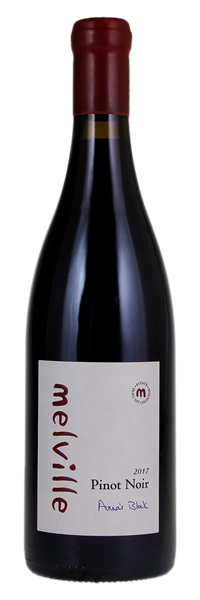Estimate

White-pepper and sour cherry aromas meet with mint balm on the fresh, lively and strongly stem-influenced nose of this bottling. It's incredibly alive on the palate, with tons of eucalyptus, sagebrush and potting-soil flavors, set against a vibrant raspberry and light cherry backdrop. The buzz of Sichuan peppercorns coats the finish.
...shows more richness and broader shoulders, along with a profile of purplish/blue fruit. Sage, lavender, mint and sweet tobacco all develop in the glass.
...classic fruit-driven notes of black cherries, wood smoke, cedar, and floral notes. Clean, balanced, straight, and lively on the palate...
...nose of pipe tobacco, saline, sage and garrigue with wild blackberries, black cherries, oolong tea, cola, red cranberry and rhubarb. Medium-bodied and silky textured, it gives concentrated fruit, savory and spice layers with firm, grainy tannins and juicy freshness, finishing long and layered.